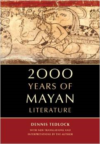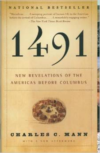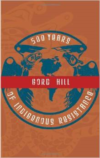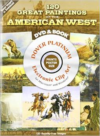Description
At the time of the Spanish conquest| Ch’olti’ was spoken throughout much of the southern Maya lowlands in what is present-day Peten and Chiquimula| and is closely related to that spoken by the authors of the Classic Maya inscriptions. This book presents for the first time a facsimile| transcription| English and Spanish translation| and grammatical analysis of the Moran Manuscript| a Colonial-era document that provides the sole attestation of Ch’olti’.
In addition to its value as a chronicle of the Colonial period| the Moran Manuscript is crucial to our understanding of the Classic Maya| particularly their language| captured in thousands of intricately carved and painted hieroglyphic inscriptions. Robertson| Law| and Haertel| regarded as the ablest interpreters of Ch’olti’ now working in Mayan linguistics| provide not only a painstaking presentation of language data but also a detailed history of the manuscript itself. They discuss the document’s probable authorship| investigate where and by whom Ch’olti’ was spoken at contact| and infer how speakers maintained their expressive capabilities in the face of colonial oppression. The transcribed Ch’olti’ texts feature an orthographically standardized version with a morpheme-by-morpheme gloss| a literal English translation that preserves many of the poetic structures and metaphors| and a flowing translation in both English and Spanish.
The publication of this document marks a major contribution to the fields of Maya epigraphy| Mayan linguistics| ethnohistory| and Mesoamerican languages. It will serve as the definitive presentation of the Moran Manuscript and stand as a major contribution to further understanding the language of the Maya inscriptions in Mexico and Guatemala.






Reviews
There are no reviews yet.